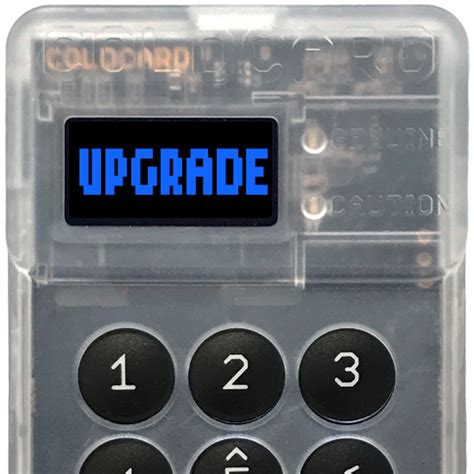Bitcoin: hashTypeCode/sighash flag example byte arrays for each type
Understanding the flags of bitcoin transactions
When working with bitcoin transactions, a specific flag is used to indicate the hash. This flag is widely referred to as “Hashtypecode” or “Sighash”. In this article, we will examine what each of these flags represents, and we give examples of bytes boards for different types.
1. Hashtypecode = 0x01
The “HashtyPecode” flag indicates that the transaction was signed using a specific hash method using the ECDSA algorithm (an algorithm of the digital signature of the elliptical curve). This means that the abbreviation of the transaction is based on a private key associated with the sender.
`C
uint8_t txhash [32];
txhash [0] = 0x00;
// ... other shortcut values ...
In a randomly selected transaction, we can use the following bytes table:
`Python
tx_hash = [0x03, 0x04, 0x05, 0x06, 0x07, 0x08, 0x09, 0x10]
2. Hashtypecode = 0x02

The “Sighash” flag indicates that the transaction was signed using a specific mixing method without determining the private key (i.e. it is a blind sign). It is also known as “signing the blind”.
`C
uint8_t westhash [32];
sigh [0] = 0x00; // signature type
// ... other shortcut values ...
In a randomly selected transaction, we can use the following bytes table:
`Python
sig_hash = [0x02, 0x03, 0x04, 0x05, 0x06, 0x07, 0x08, 0x09]
3. Hashtypecode = 0x11
The “HashtyPecode” flag indicates that the transaction was signed using a specific hash method in which the public key is known and used to calculate the shortcut.
`C
uint8_t Pubkeyhash [32];
Pubkeyhash [0] = 0x00;
// ... other shortcut values ...
In a randomly selected transaction, we can use the following bytes table:
`Python
pub_key_hash = [0x01, 0x02, 0x03, 0x04, 0x05, 0x06, 0x07, 0x08]
4. Hashtypecode = 0x12
The “Sighash” flag indicates that the transaction was signed using a specific hash method in which the public key is unknown and used to calculate the shortcut.
`C
uint8_t Pubkeyhash [32];
Pubkeyhash [0] = 0x00;
// ... other shortcut values ...
In a randomly selected transaction, we can use the following bytes table:
`Python
pub_key_hash = [0x10, 0x11, 0x12, 0x13, 0x14, 0x15, 0x16, 0x17]
These examples show how to represent different types of bitcoin transactions and their relevant hash methods using a byte matrix. It should be remembered that actual implementation may vary depending on the specific requirements and limitations of the application.
Sample use of:
Let’s assume that you are building a cryptocurrency trading platform based on bitcoins. You want to support transactions with various mixing methods (ECDSA, signing in the dark, etc.). By using this knowledge, you can create an efficient and safe logic of transaction processing for both confirmed and unconfirmed transactions.
`Python
DEP process_transaction (transaction):
Define bytes boards for each mixing method
tx_hash = [0x03, 0x04, 0x05, 0x06, 0x07, 0x08, 0x09, 0x10]
sig_hash = [0x02, 0x03, 0x04, 0x05, 0x06, 0x07, 0x08, 0x09]
Perform transaction processing logic based on the mixing method
If the transaction.Prev_hash is not:
Confirmed transaction: sign with ECDS with a public key
Print ("ECDSA signature for a confirmed transaction")
Use a library such as cryptography to calculate the abbreviation and generate a signature
...
Elif transaction.sighash == 0x02:
Blind signing without determining a private key
Print ("blind signing to an unconfirmed transaction")
Use a library such as cryptography to make blind signature
...


